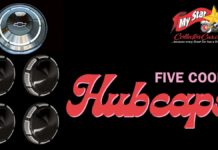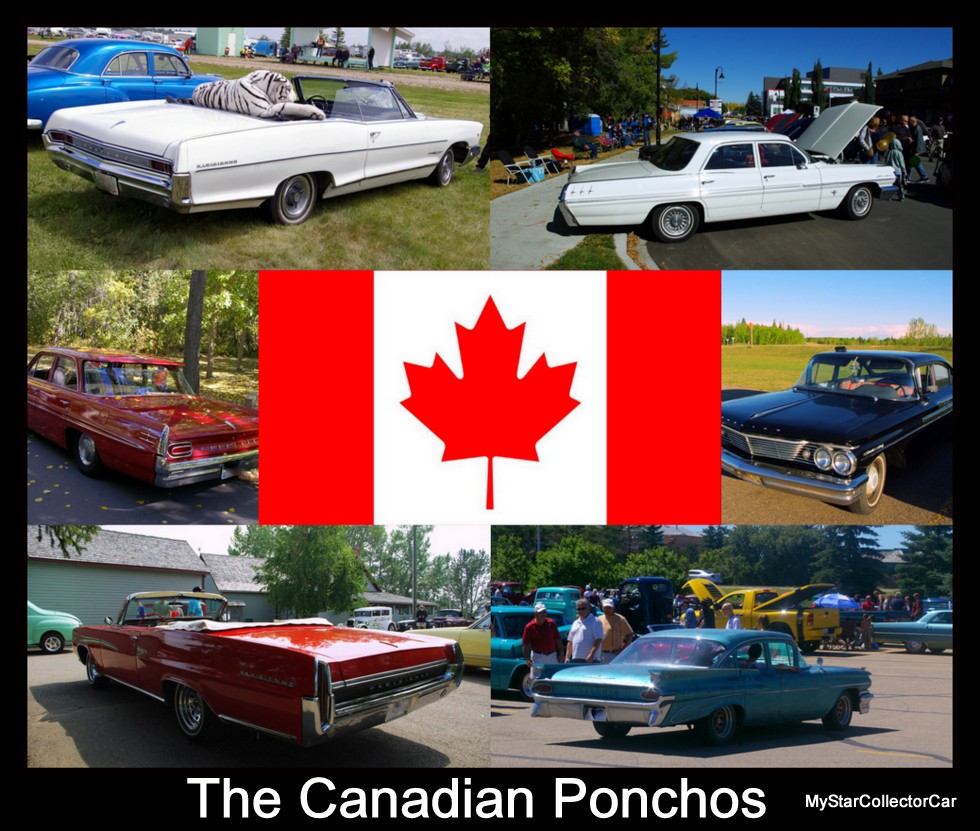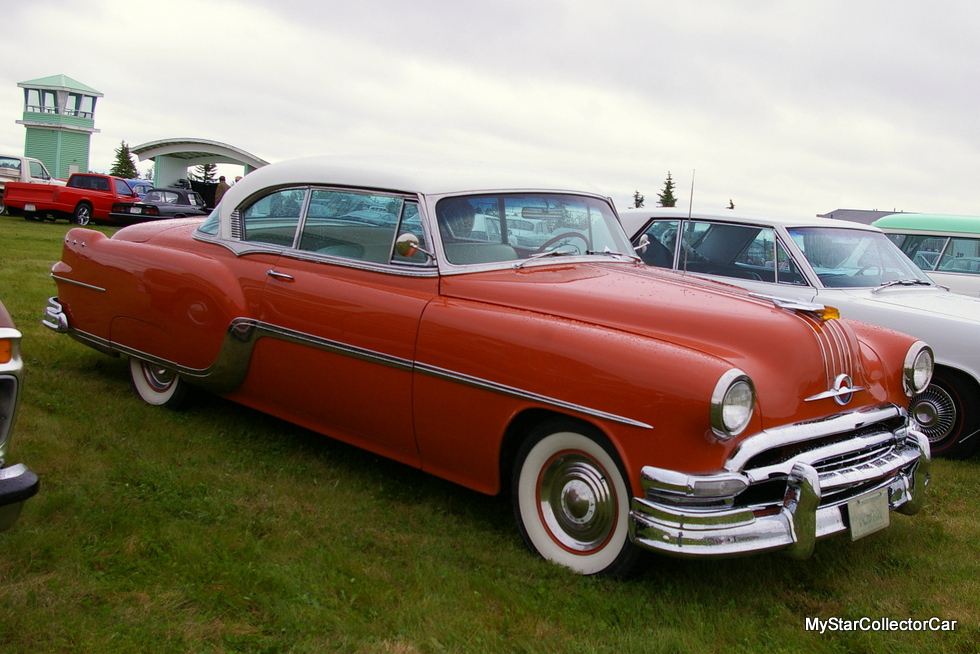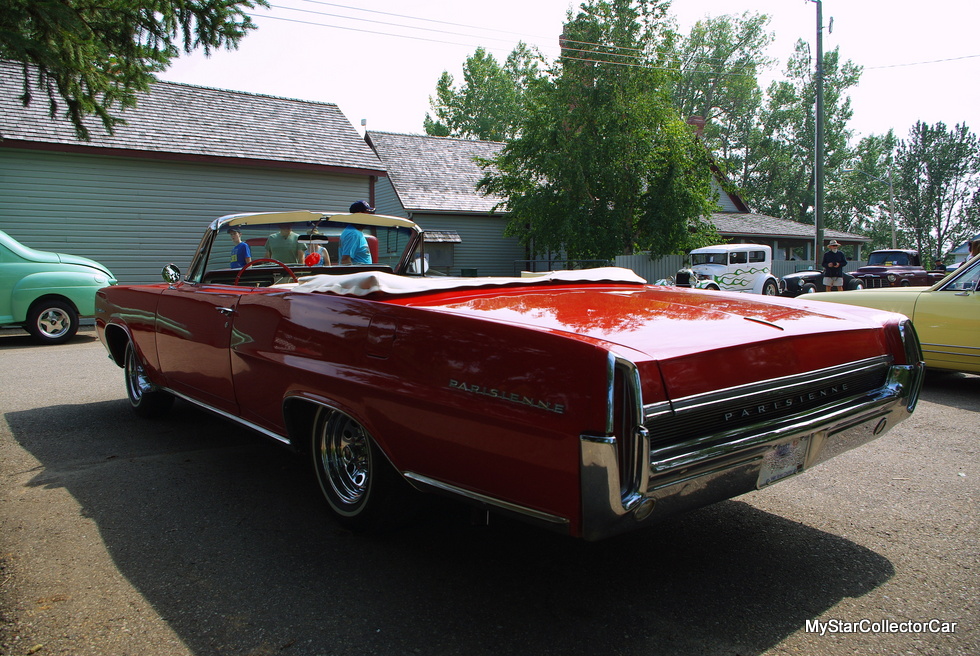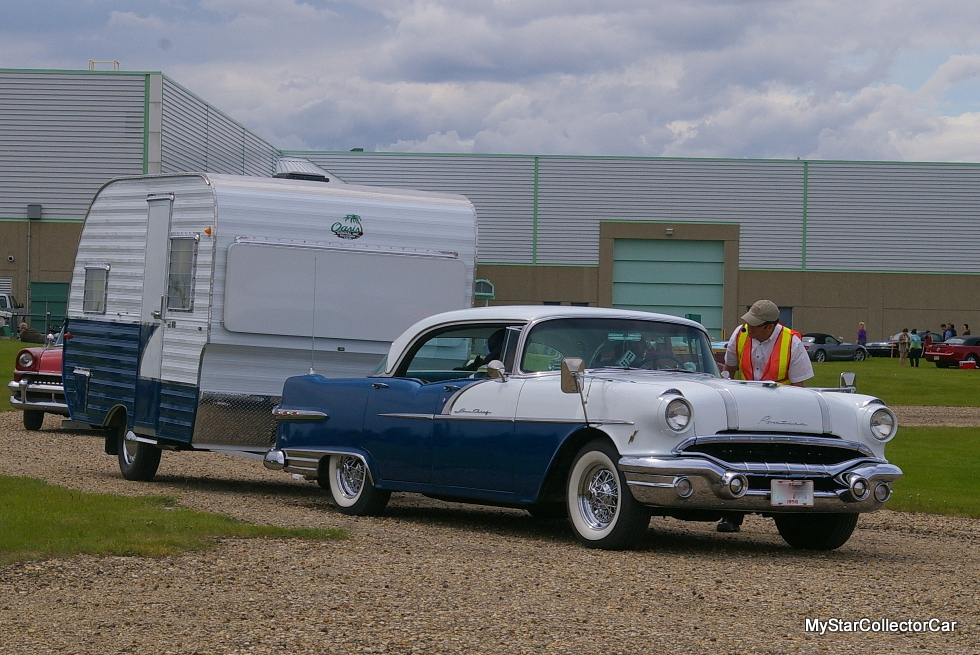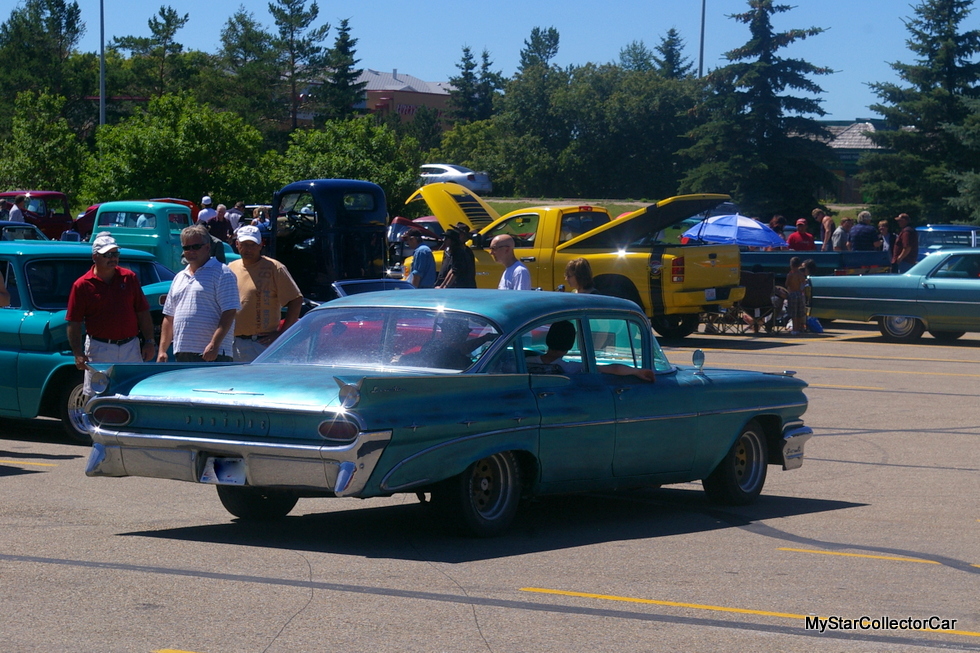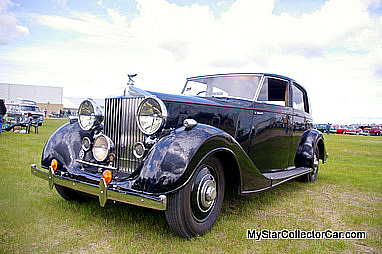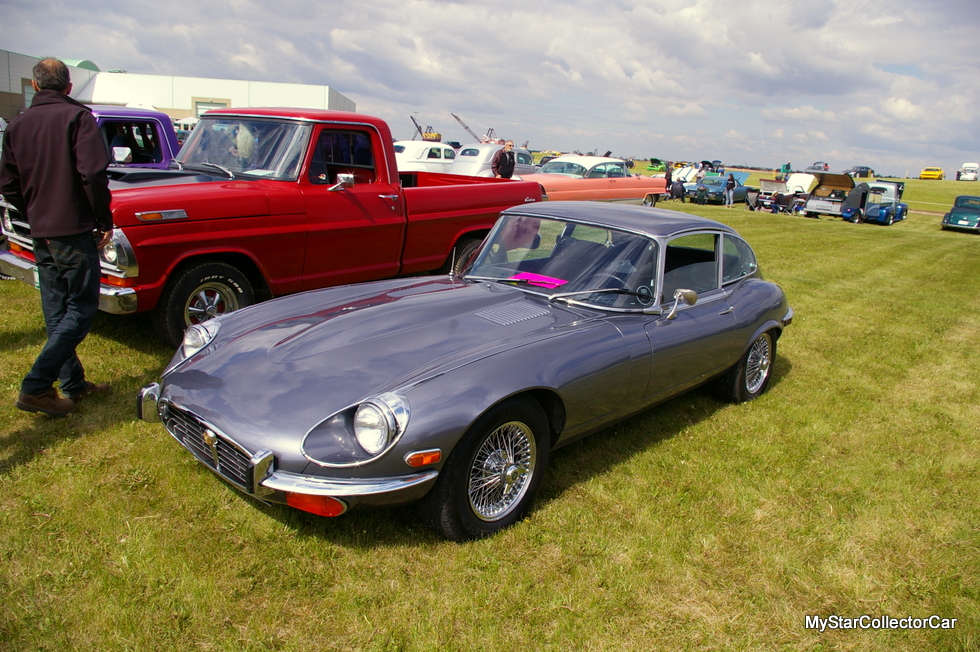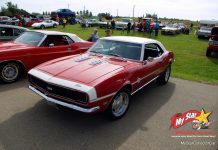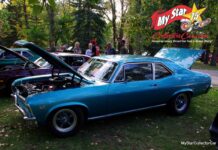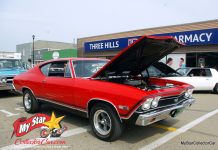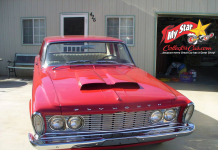A solid business arrangement between Canada and the United States is vital to both countries because of the enormous amount of cross-border trade that occurs every day.
One of the areas that required an intense degree of negotiation was the Canada-United States Automotive Products Agreement that was signed in January, 1965.
This agreement was more commonly known as the Auto Pact and it lifted the wall on cross-border new car sales that were formerly subjected to a big US tariff on cars and automotive parts manufactured in Canada and sold in the United States.
The Auto Pact ended the problem for Canadian automotive manufacturers and opened up a huge market for their products. The Auto Pact was also ruled invalid by the World Trade Organization and abolished in 2001.
However, the NAFTA agreement was already in place- and so was free trade between the US, Canada and Mexico-thus the Auto Pact was already covered in the NAFTA agreement.
MyStarCollectorCar sincerely hopes our readers are still awake after this brief history lesson because this article is about to get interesting and very cool right now since we will now talk about Canadian Pontiacs.
The Canadian Pontiacs have generated controversy in the vintage Pontiac world because they fly in the face of a typical Pontiac. Pontiacs built in the United States were built on a longer, wider and more luxurious platform. In essence, the American Ponchos were not Chevys and their owners still take a great deal of sibling rivalry pride in that fact.
The Canadian Pontiacs from a bygone pre-Auto Pact era were built on a Chevy platform, including the Chevy powertrain. The Bowtie powertrain is irksome to some American Poncho owners who believe the Canadian Pontiacs are merely Chevys in disguise and lament the inclusion of a Chevy powertrain under the hood of the vintage Canuck Ponchos.
The names of the Canadian Pontiacs are also a little foreign to American Poncho owners. Models like the Pontiac Laurentian, Strato-Chief and Parisienne were only sold in Canada and unknown to the American Pontiac owners who were more familiar with names like Catalina, Star-Chief and Bonneville.
The American-built Pontiacs had their own unique manufacturing cues (e.g. engines, bigger wheel base, wider track, longer car, generous amounts of bling and luxury items) and shared little with the smaller Chevys built by the same General Motors parent company.
The Canadian car customer was also a more frugal buyer during this bygone era and accepted a Pontiac that offered less comfort and style than an American car because Canadian Pontiacs could be bought for less money. It’s historically correct that an American-built Pontiac was still available in Canada at a larger and wider cost, but most Canucks were happy to pay less for their Canadian versions.
The 1965 Auto Pact eventually brought the United States and Canada closer together as the two countries dissolved the border as it applied to the automotive industry. The Pontiacs on both sides of the border began to share their engineering as the Auto Pact was gradually implemented and were built to meet American lawmaker standards.
The post-Auto Pact Ponchos built in Canada began to resemble the American Pontiacs in virtually every way. The Canadian Pontiac versions drove off into the sunset and consequently a Canadian automotive legacy went with them.
But it was already too late for the pre-Auto Pact debate about Canadian Ponchos.
BY: Jim Sutherland
Jim Sutherland is a veteran automotive writer whose work has been published by many major print and online publications. The list includes Calgary Herald, The Truth About Cars, Red Deer Advocate, RPM Magazine, Edmonton Journal, Montreal Gazette, Windsor Star, Vancouver Province, and Post Media Wheels Section.
- CLICK HERE to Like us on Facebook
- CLICK HERE to Follow us on Twitter
- CLICK HERE to Follow us on Pinterest







